Baiyun Mountain
Baiyun Mountain, located in Baiyun District of Guangzhou City, Guangdong Province, is one of the famous mountains in South Guangdong Province. It has been called "the first show of Yangcheng" since ancient times. The mountain is quite broad, consisting of more than 30 peaks, which is the nine highest mountain in Guangdong. The area is 20.98 square kilometers, and the main peak is 382 meters high.
Baiyun Mountain is the first national AAAAA class scenic spot in Guangzhou scenic spot industry. It is also the only scenic spot in Guangzhou with two honors, namely, national civilization scenic spot and national AAAAA class scenic spot.
Baiyun Mountain has a strong cultural deposit, the earliest can be traced back to the north of the mountain Huangpodong Neolithic prehistoric cultural sites. At the end of Qin Dynasty, Gao Shi lived in the Baiyun Mountain to collect medicine for the world, and was "immortal" in Baiyun Mountain.
Ge Hong, an alchemist in the Jin Dynasty, once wrote a Taoist masterpiece of Bao Pu Zi in the alchemy of Baiyun Mountain.
Jingtai Zen Master came here to build a temple in Nanliang. It was the earliest temple in Baiyun Mountain. It also left a scene of Jingtai monks returning. It was one of the eight old sceneries in Yangcheng.
After the Tang and Song Dynasties, literati such as Du Shenyan, Li Qunyu, Su Shi, and Han Yu began to recite poems on the mountain. Their poems and prose embody emotion in things and become valuable historical and spiritual wealth in Lingnan.
In the eight scenes of Yangcheng in Ming and Qing Dynasties, Baiyun Mountain accounted for three: "Po Jian Lian Quan, Jingtai monk Gui Gui, Baiyun late Wang". At the end of the Qing Dynasty, there were Baiyun Temple, Shuangxi Temple, Neng Ren Temple, Maitreya Temple and other ancient temples, as well as Baishan Celestial Hall, Pearl, Hundred Flowers Cemetery and other historic sites.
Chinese modern revolutionary resistance and Sino Japanese war have also left footprints here.
In October 1938, when the Japanese invaded and Guangzhou was occupied, the cultural relics, historic sites and hills and trees of Baiyun Mountain were all destroyed.
To the liberation, only the "first peak of the south of heaven" memorial archway and some of the ruins of the temple.
After liberation, the Guangzhou Municipal People's Government organized the masses, planted trees, built 10 reservoirs, opened up highways to link the north and the south, built mountain parks, villas and Shuangxi hostels, and reproduced the lush and vigorous landscape of Baiyun Mountain.
After liberation, it was under the jurisdiction of the Forestry Department of Zhongshan University.
In 1958, with the approval of the Guangzhou Municipal People's Government, Guangzhou Baiyun Mountain Construction Management Office was established (called the management room inside), under the jurisdiction of the Guangzhou Garden Bureau.
After 1958, the Peak Park and Beishan Park were opened, pavilions, terraces and pavilions were built, and hotels such as Villas, Shuangxi Villa and Songtao Villa were built. The scenic spots of Huangpodong Reservoir, Mingzhuloulou Reservoir, Dajinzhong Reservoir, Luhu Park, Guangzhou Stele Forest, Yuntai Garden and Mingquanju Resort have been developed.
After the construction of all previous Guangzhou municipal governments, the Baiyun Mountain Scenic Area Administration has been set up.
In the early stage of socialist construction, the older generation of revolutionaries Zhu De, Dong Biwu, Guo Moruo left inscriptions. Premier Zhou Enlai, Vice Premier Chen Yi and others had been known as the "Diaoyutai South" Baiyun Mountain Resort hostel for state affairs activities.
In the 1960s and 1980s, Baiyun Mountain was rated as one of the eight new scenic spots in Yangcheng with the scenic spots of "Baiyun Songtao" and "Yunshan Jinxiu" respectively.
In 1986 2 months, a 1672 metre climbing cable car was built.
In October 1989, at the peak of Ming Chun Valley, China built the largest natural birdcage, with an area of 12 thousand and 500 square meters.
In 1992, the Guangzhou Municipal People's government invested in the newly built Guangzhou stele forest and opened to the public in 1994.
On January 22, 1996, the Guangzhou Baiyunshan Scenic Spot Administration Bureau was established with the approval of the Guangzhou Municipal Organizational Preparation Committee. It is managed by the Guikou Municipal Administration Bureau and the Municipal Garden Bureau.
In 2001, Guangzhou Municipal Organs Reform, Guangzhou Municipal Organizational Formulation Committee once again made it clear that the Guangzhou Baiyun Mountain Scenic Area Administration Bureau is a municipal sub-bureau-level institution, managed by the Municipal Garden Bureau, responsible for the management and administrative law enforcement of Baiyun Mountain Scenic Area. There are seven functional offices in the organs of the Administration, namely, the office of Mountains and Forests, the Planning and Construction Department, the Tourism Department, the Planning and Finance Department, the Security Department, the Ministry of Armed Forces (Joint Office), the Political Department (Discipline Inspection Commission Office, Supervision Office and Joint Office).
In May 1996, Guangzhou Planning Bureau organized and compiled the "Guangzhou Baiyun Mountain Scenic Spot Master Plan", which passed the examination of Guangdong Provincial People's Government in February 2006 and was approved by the State Council in October 2009.

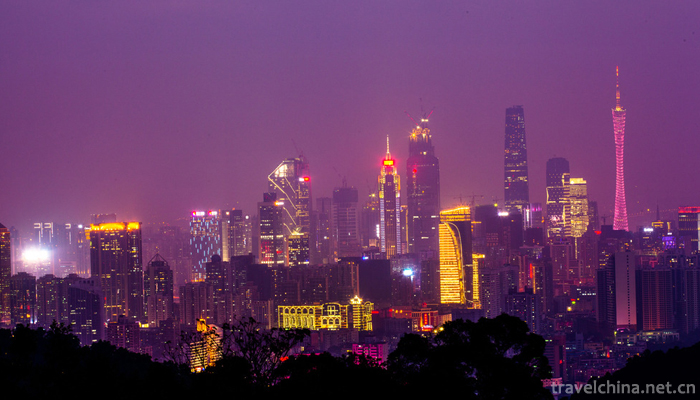
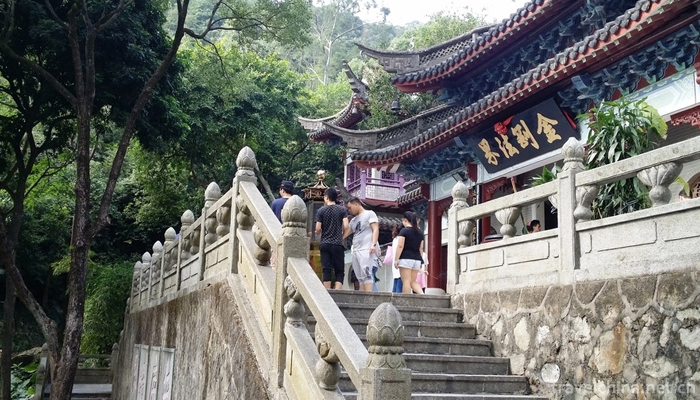
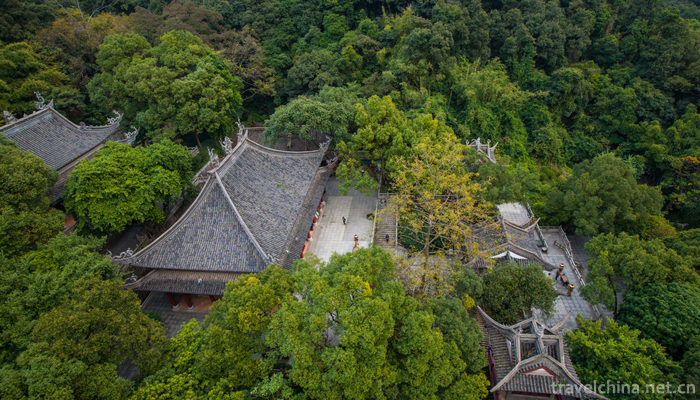
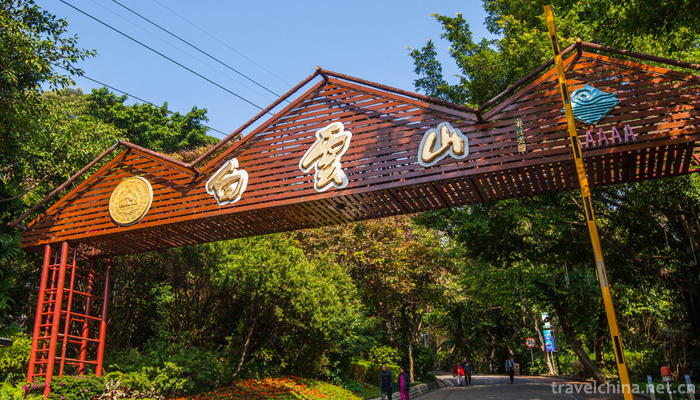
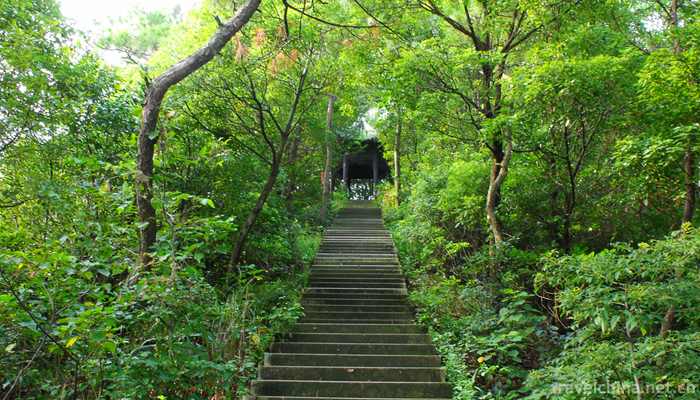
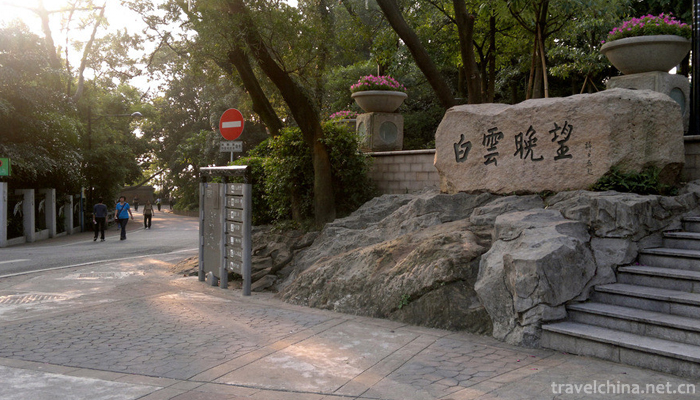
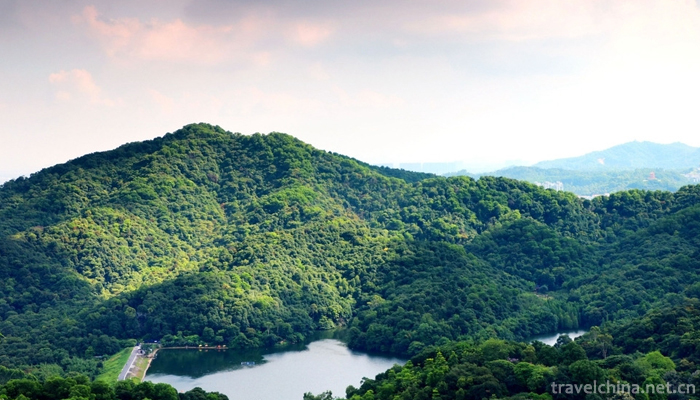
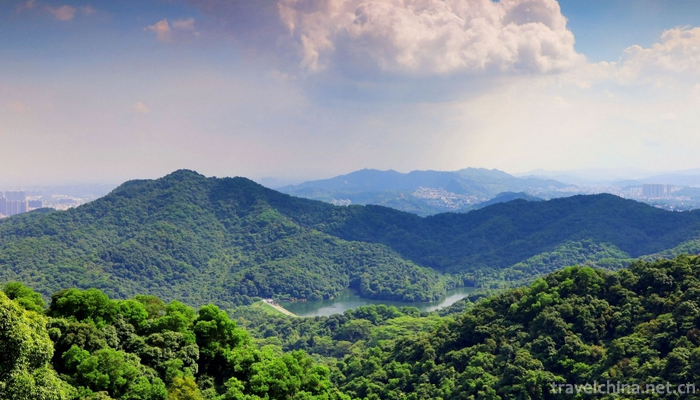
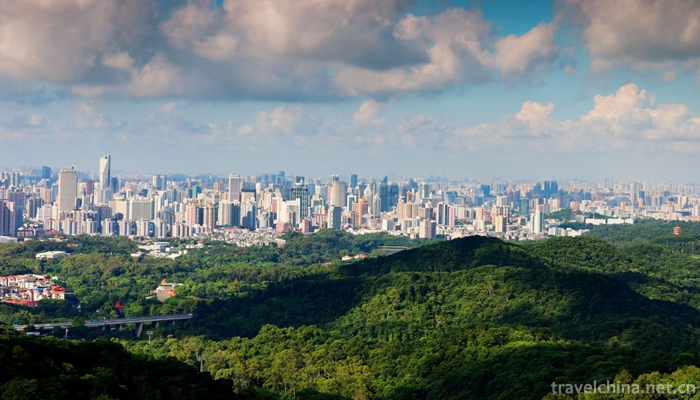


-
1.Kunming World Horticultural Expo Garden
Kunming World Horticulture Expo Garden (hereinafter referred to as the World Horticulture Expo Garden) is the site of the 1999 Kunming World Horticulture Expo.
Time 2018-12-12 -
2.Chengjiang biota
Chengjiang biota is located near Maotianshan, Chengjiang, Yunnan Province, China. The stratum of Chengjiang biota is yellow-green silty shale of Yudanshan section of Qiongzhusi Formation of Lower Camb
Time 2019-01-05 -
3.Dang Kou ancient town
Dangkou Ancient Town is located in the southeast of Xishan District, Wuxi City, Jiangsu Province. It is adjacent to the Yue noble tombs and Taibo Tombs in the west, and to Suzhou and Changshu in the e
Time 2019-01-08 -
4.Museum of Xinjiang Uygur Autonomous Region
The Museum of Xinjiang Uygur Autonomous Region, located at No. 132 Northwest Road, Urumqi City, is a provincial comprehensive geographic museum.
Time 2019-02-25 -
5.Butterfly Bucket Encouragement of the Browns
Buzz drum dance is a kind of collective dance of men and women of ancestral origin. It has great improvisation. There are two kinds of dance methods: He Xinfang and
Time 2019-04-04 -
6.Jingbian donkey
Jingbian Donkey Running, a traditional dance in Jingbian County, Yulin City, Shaanxi Province, is one of the national intangible cultural heritage.
Time 2019-05-08 -
7.March 3rd Festival of Li Nationality
The third day of March (the third day of the third month of the third lunar month) is the grandest traditional folk festival of the Li people in Hainan Province. It is also a beautiful day for the you
Time 2019-05-12 -
8.June meeting in Regong
Regong June Festival is a unique traditional cultural festival of Tibetan and Tu villages in Tongren County, Qinghai Province. It has been circulated for more than 1400 years. Every June in the Lunar
Time 2019-06-11 -
9.Uygur Mulberry Paper Making Skills
Uygur mulberry paper takes mulberry branch endothelium as raw material, mulberry branch endothelium is sticky, smooth and delicate, easy to process, after exploitation, soaking, pot boiling, pounding,
Time 2019-06-28 -
10.Tourist guide to Chengdu Giant Panda Base
Chengdu Giant Panda Breeding Research Base is located in Futou mountain, north suburb of Chengdu City, Sichuan Province. It is 10 kilometers away from the urban area. There is a wide panda Avenue connecting with the urban area.
Time 2020-12-13 -
11.Leshan Education
In 2018, Leshan Normal University, School of engineering and technology of Chengdu University of technology and Leshan vocational and technical college enrolled 16051 students, including 52775 students, 13837 graduates and 2509 full-time teachers.
Time 2020-12-17 -
12.Guangan scenic spot
By 2018, there are 24 A-level scenic spots in Guang'an City, of which Deng Xiaoping's hometown is a national 5A scenic spot, and six scenic spots, including Huaying Mountain tourist area, Shenlong mountain Ba Ren stone city, baozhensai, Tianyi Vall
Time 2020-12-19